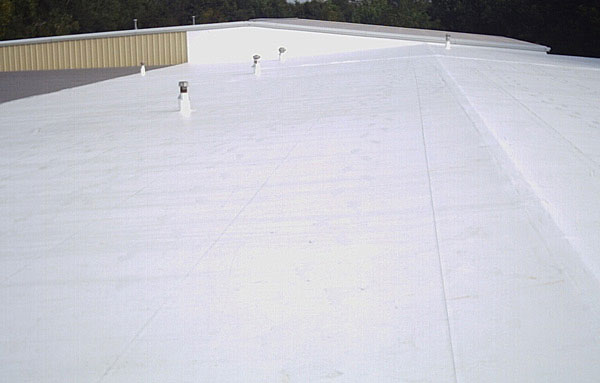Replacing your roof is a major investment — one that protects your home, boosts curb appeal, and can increase your property’s value. But before you hire a roofing contractor or sign a contract, there are important things every homeowner should know. This roofing installation guide walks you through key considerations to ensure a smooth, stress-free roof replacement.
When Should You Replace Your Roof?
Knowing when it’s time for a new roof is crucial. Common signs you may need a roof replacement include:
✅ Missing, cracked, or curling shingles
✅ Leaks or water stains inside your home
✅ Sagging roof deck
✅ Moss or algae growth
✅ Roof age (typically 20-25 years for asphalt shingles)
👉 Tip: Have your roof inspected by a professional if you notice any of these issues.
Types of Roofing Materials to Consider
There’s no one-size-fits-all solution when it comes to roofing. Here are popular options:
🏠 Asphalt Shingles – Affordable, widely available, and easy to install.
🏠 Metal Roofing – Durable, energy-efficient, and often lasts 40-70 years.
🏠 Tile or Slate – Beautiful and long-lasting, but heavier and more expensive.
🏠 Wood Shakes – Natural look, but requires more maintenance and isn’t ideal in fire-prone areas.
Each material has its pros and cons — consider cost, durability, appearance, and climate suitability before choosing.
What to Ask Your Roofing Contractor
Before hiring a roofer, make sure you ask:
🔹 Are you licensed and insured?
🔹 Do you offer a workmanship warranty?
🔹 Can you provide references or examples of past work?
🔹 What is included in the estimate (materials, labor, cleanup)?
🔹 How will you protect my property during installation?
A reputable contractor will be happy to answer these questions.
Understanding the Roof Replacement Process
Here’s what typically happens during roof installation:
1️⃣ Tear-off or overlay – Your old roof may be removed entirely, or new shingles installed over existing ones (tear-off is preferred for longevity).
2️⃣ Inspection and repairs – The roof deck is inspected for damage and repaired if necessary.
3️⃣ Installation of underlayment – A waterproof barrier is installed to protect against leaks.
4️⃣ New roofing material installed – Shingles, metal panels, or tiles are installed.
5️⃣ Final cleanup and inspection – Debris is removed and the job is inspected for quality.
Roof Replacement Costs
The cost of replacing your roof depends on:
💲 Size of the roof (measured in “squares” — 100 sq. ft.)
💲 Type of material
💲 Roof pitch (steeper roofs are harder to work on)
💲 Local labor rates
👉 Pro Tip: Always get multiple estimates and ensure they include all costs — no hidden fees.
Permits and Warranties
In most areas, a building permit is required for a roof replacement. A good contractor will handle this for you.
Don’t forget about warranties:
-
Manufacturer’s warranty (covers materials)
-
Workmanship warranty (covers installation errors)
Get both in writing!
A successful roof replacement starts with understanding your options, hiring a qualified contractor, and asking the right questions. With the right approach, you’ll protect your home for decades to come. Contact us.



Leave A Comment